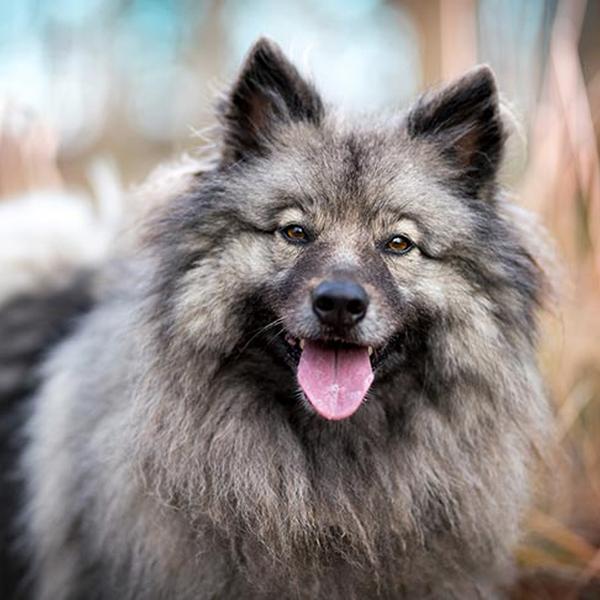
Keeshond Breed Information & Characteristics
Weight Gain Potential
Do Keeshonds get fat easily?
The Keeshond is a breed that has an average to high tendency to gain weight if their weight is not closely monitored. It is important to maintain a balance between exercise and food intake to keep them at a healthy weight. This can be achieved by scheduling at least one daily walk and engaging in regular playtime with them.
Hypoallergenic
Are Keeshonds Hypoallergenic?
Unfortunately, the Keeshond is not hypoallergenic, making it not a good choice for a dog lover who suffers from pet allergies.
Temperament
What is a Keeshond personality? What are Keeshond dogs best known for?
Agile
Obedient
Quick
Intelligent
Bright
Playful
Sturdy
Shedding Level
Are Keeshonds heavy shedders? How Much Does a Keeshond Shed?
Keeshond dogs are extremely heavy shedders, they will lose a large amount of hair each year. To decrease the amount of shedding, you can regularly brush your Keeshond.
Watchdog Ability
What is the watchdog ability of a Keeshond dog?
Keeshonds are very good watchdogs. They are a vocal breed, and are wary of outsiders, so if someone approaches your home or aims to intrude, the Keeshond is going to make sure everyone knows about it.
Origin
Where do Keeshonds come from?
Netherlands
Ancestry
What are Keeshonds descended from?
Samoyed, Chow Chow, Finnish Spitz, Norwegian Elkhound, Pomeranian
Date of Birth
When were Keeshonds first bred? How old is the Keeshond breed?
1700s
Breed Group
What Breed Group is a Keeshond?
Non Sporting (AKC:1930)
Northern Breeds (UKC)
Eye Color Possibilites
What color are Keeshond eyes?
Brown
Nose Color Possibilites
What color can Keeshond nose be naturally?
Black
Coat Color Possibilites
What color can Keeshond coat be naturally?
Black
Gray
Fawn
Silver
White
Sable
Brindle
Coat Length
How long is a Keeshonds coat?
The coat of a Keeshond is longer than that of the typical dog.
Coat Density
How Dense Is The Keeshond Coat?
Coat Texture
What is the texture of the hair of a Keeshond?
Straight
Litter Size
How many puppies can a Keeshond have in a litter? How many puppies can a Keeshond have in her first litter?
A Keeshond can have a litter of 12-14 puppies on average. However, it's worth noting that the size of the litters can vary greatly. Factors that can influence litter size include the health of the mother, breeding history, and genetics.
Adaptability
Keeshonds are known for their adaptability and versatility, they are capable of adapting well to a wide range of lifestyle changes and living environments. They are a highly adaptable breed, and make great companions for families and individuals of all lifestyles.
Health Issues
Do Keeshonds have a lot of health problems?
The Keeshond is generally considered to be healthy. However, like all breeds, they are susceptible to certain health issues and it is important to keep an eye out for them and address them with your veterinarian as needed.
Major Concerns
What are the major health concerns to be aware of when owning a Keeshond?
Renal Cortical Hypoplasia
Hip Dysplasia
Mitral Valve Disease
Heart Disease
Minor Concerns
What are the less significant issues to keep in mind when it comes to Keeshonds?
Patellar Luxation
Epilepsy
Skin Problems
Congenital Heart Defect
Occasional Tests
What are the occasional tests recommended for Keeshond breed?
Cardiac
Eye
Hip
X-Rays
Eye Examination
Physical Examination
Energy
Do Keeshonds have a lot of energy?
Keeshonds are known for their high energy levels, so if you're looking for a more low-key dog, this breed may not be the best choice.
Social Needs
Do Keeshonds need socialization? How social are Keeshonds?
Keeshond have above average social needs compared to other breeds.They thrive in environments where they have a lot of interaction with humans and other dogs.
Exercise Needed
How much exercise should Keeshonds get?
The Keeshonds a breed that requires only a small amount of physical activity to maintain a healthy lifestyle. These breeds are ideal for people with busy lifestyles, elderly people or those who have limited mobility. They also make great pets for those who live in small apartments or have limited outdoor space.
Sleeping Need
How much sleep should a Keeshond have? Do Keeshonds sleep a lot?
Keeshonds dogs are tend to sleep less than other breeds, but they still require adequate sleep to maintain good health.
Drooling Tendency
Does a Keeshond drool a lot?
The Keeshond is a breed of dog that is characterized by its minimal drooling, making it an ideal choice for people who dislike drool marks on their clothing.
Tendency to Bark
How much does it bark?
Keeshond dogs bark and howl frequently, they are not a good fit for quiet homes.
Territorial
Do Keeshonds exhibit aggressive behavior to safeguard their home and territory? Do they possess a natural tendency to guard?
Keeshond dogs are known for being average at defending. They possess the capability to defend their territory or owners, but it is not their primary trait. They are not the best choice for guard dogs
Mouthiness
Are Keeshonds mouthy?
Roaming urge
What is the likelihood of a Keeshond running away? Do they have a tendency to explore or wander frequently?
Prey Drive
Do Keeshond dogs have a high prey drive?
Past times
What do Keeshonds enjoy doing? How do I keep my Keeshond busy?
Walk, Run, Frisbee, Play, Fetch, Eating Snacks, Chewing, Playing, Sniffing, Heel
Activity Level
What is the energy level of a Keeshond? How much energy does a Keeshond have?
Keeshonds are medium-energy dogs and typically enjoy socializing and playing casual or even sustained games of chase with other dogs. They may also have occasional periods of barking or racing around the house.
Tolerance of being left alone
Walks per Week
How far should a Keeshond walk each week? How many miles should a Keeshond walk every week?
There's really no limit to how far you walk your dog as long as they're comfortable. For Keeshond, it's at least 8 miles / week. Just remember to build distance and stamina gradually over time.
Activity per Day
How much a Keeshond should exercise a day? How much activity does a Keeshond need?
In general most Keeshonds usually need at least 60 minutes of exercise daily. This can be spread across the day and include all sorts of high-energy activities, like walking, running and playing.
Grooming
What level of grooming should be provided for a Keeshond?
The Keeshond is a breed of dog that requires a significant amount of grooming. They will also require regular trims, and a professional groomer's help is often necessary to keep their coat in good condition. They may also need regular baths to maintain their coat and skin.
Brushing Frequency
How often should you brush a Keeshond?
Ideally, Keeshond should be brushed at least 2 or 3 times a week (preferably daily) improve shedding.
Brushing Tools
What are the most commonly used brushing tools for Keeshonds?
Pin Brush
Slicker Brush
Comb
Nail Clipper
Cups
How many cups of food does a Keeshond eat?
For an average 35-45 pound (16 - 20 kg) Keeshond feed 2.5 cups daily. But, keep in mind, the amount you feed is going to be dependent on the quality of the food you are feeding.
Daily Cost
How Much Does a Keeshond Cost Daily?
The average cost of a Keeshond is somewhere $2.50 - $3.20 per day.
Monthly Cost
How Much Does a Keeshond Cost Per Month?
The average per month expenses of a Keeshond is between $84 - $95. This makes an average of $1008 - $1140 per year. It will be on the higher side when the dog is still small because it will need more frequent visits to the vet, shots.
Intelligence
How intelligent is a Keeshond?
The Keeshond breed is considered very intelligent and easy to train.
Sensitivity Level
How sensitive is a Keeshond dog?
This dog breed is particularly attuned to its environment and the emotions of those around it. It can be easily overwhelmed by loud noises, new environments, and unfamiliar people or animals. This dog is best suited for individuals or families who are patient, gentle, and understanding of its sensitive nature. It may also benefit from a calm and stable home environment, with a consistent routine and plenty of positive reinforcement training.
Affection Dependance
Are Keeshond dogs affectionate?
Apartment Friendly
Do Keeshond do well in apartments? Are Keeshonds good indoor dogs?
Keeshonds are dogs that do well in apartments with sufficient exercise, but they would really appreciate a small yard.
Child Friendly
Are Keeshonds good with kids? Are Keeshonds good around children?
Keeshonds are kid-friendly dogs. They are good with children and excellent dogs with children if they are socialized and trained at a young age.
Senior-friendly
Are Keeshonds good for elderly?
Cat Friendly
Are Keeshonds good with cats? How friendly Keeshonds are toward cats?
Keeshonds are one of the best dogs for cats. They're accept cats readily as part of the family. However, this dog breed should be trained to not chase after the kitty early on
Dog Friendly
Do Keeshond dogs get along with other dogs? Are Keeshonds OK with other dogs?
Keeshonds are friendly, active and loyal companions. They generally love to be around other dogs, making them a good family pet for some,
Pet friendly
How do Keeshond dogs interact with other pets? Are they considered pet-friendly?
Stranger Friendly
Are Keeshonds friendly with strangers?
Keeshonds are very friendly around strangers.
Playfulness
Do Keeshonds like to play? Are Keeshonds playful?
Keeshonds have an average level of playfulness. The Keeshonds, like other dogs, like to play. But they are not the most playful dog breed.
Trainability
Are Keeshond easily trained?
Keeshond dogs are usually easy to train, but may require consistency to fully obey commands.
Compare Keeshond with other breeds
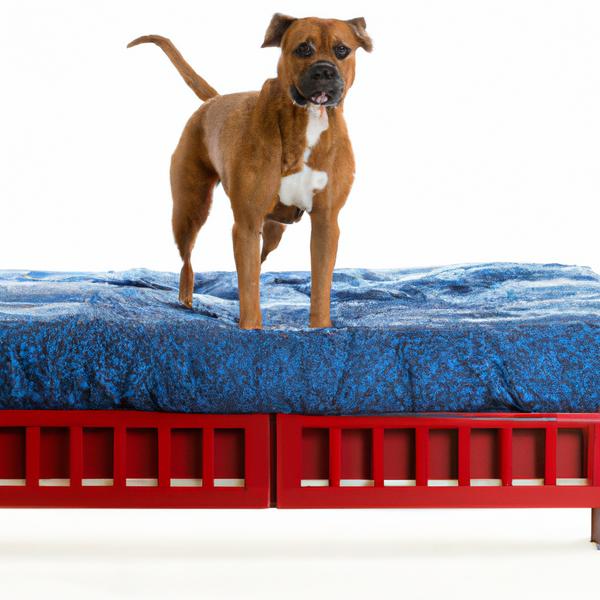
Boxspring
Keeshond vs Boxspring

Great Dane
Keeshond vs Great Dane
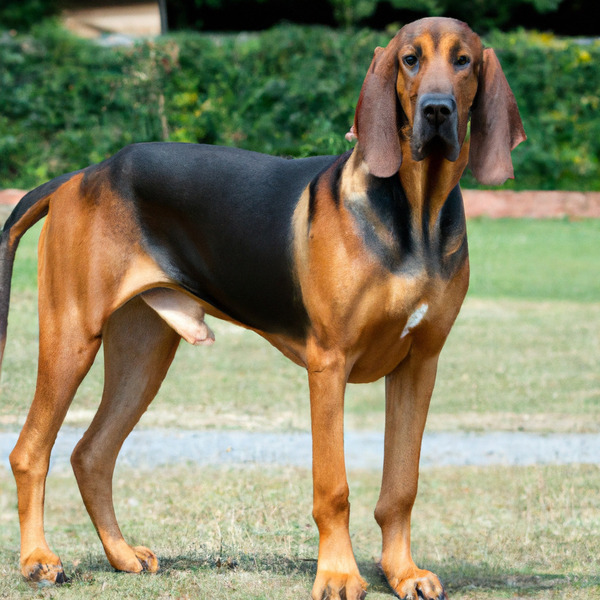
Hanover Hound
Keeshond vs Hanover Hound
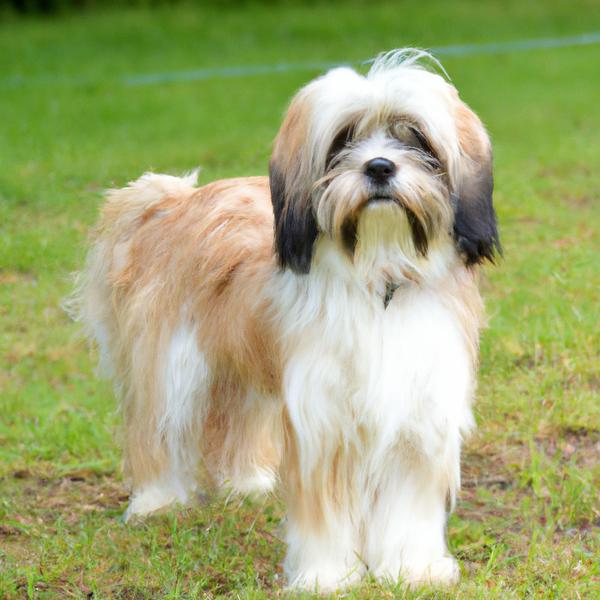
Malton
Keeshond vs Malton

Saint Berdoodle
Keeshond vs Saint Berdoodle
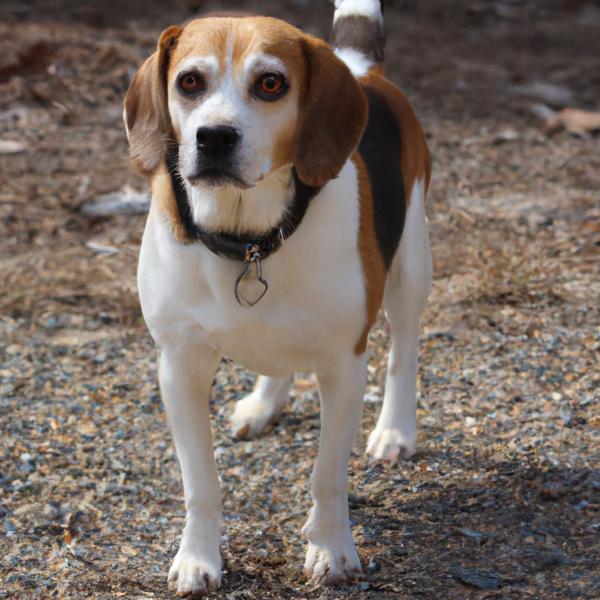
Beagle Point
Keeshond vs Beagle Point

Eskland
Keeshond vs Eskland
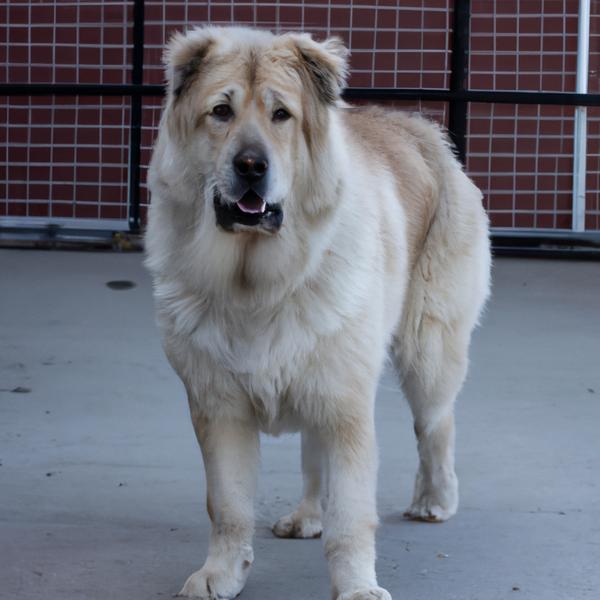
Wheaten Eskimo
Keeshond vs Wheaten Eskimo
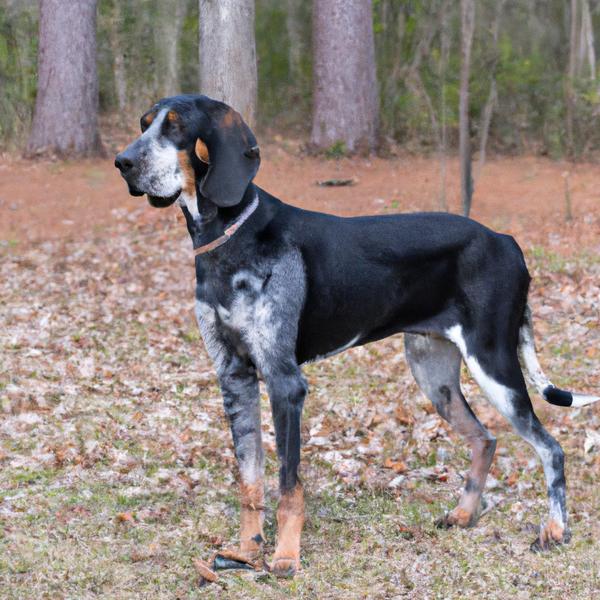
Bluetick Coonhound Harrier
Keeshond vs Bluetick Coonhound Harrier

Kerrblushcnauz
Keeshond vs Kerrblushcnauz
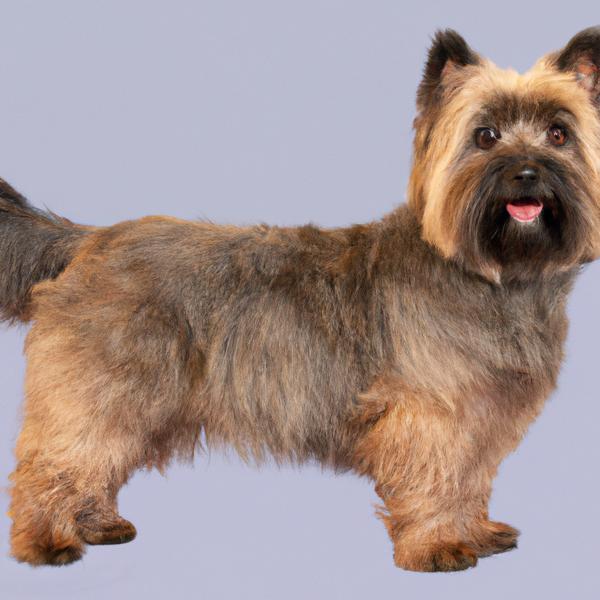
Silky Cairn
Keeshond vs Silky Cairn
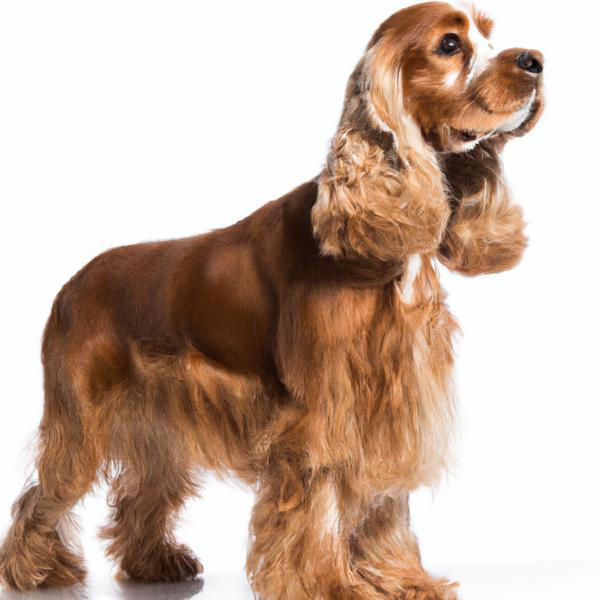
English Toy Cocker Spaniel
Keeshond vs English Toy Cocker Spaniel